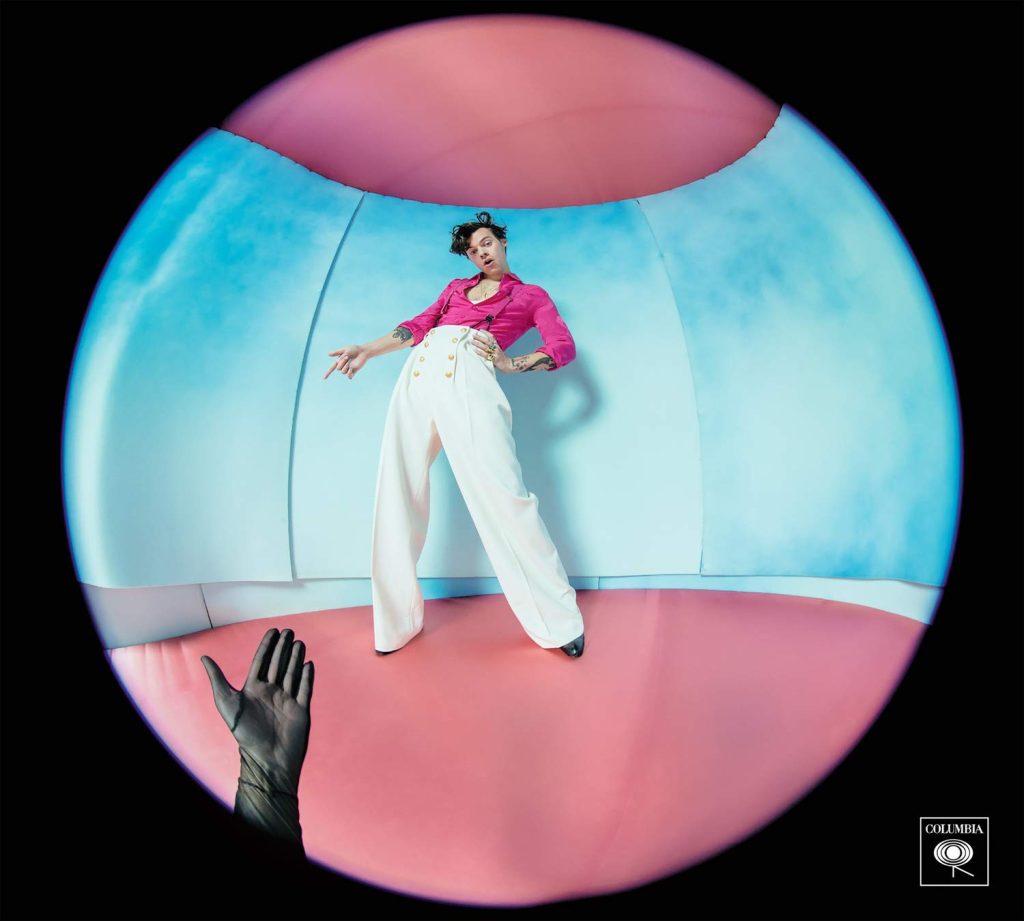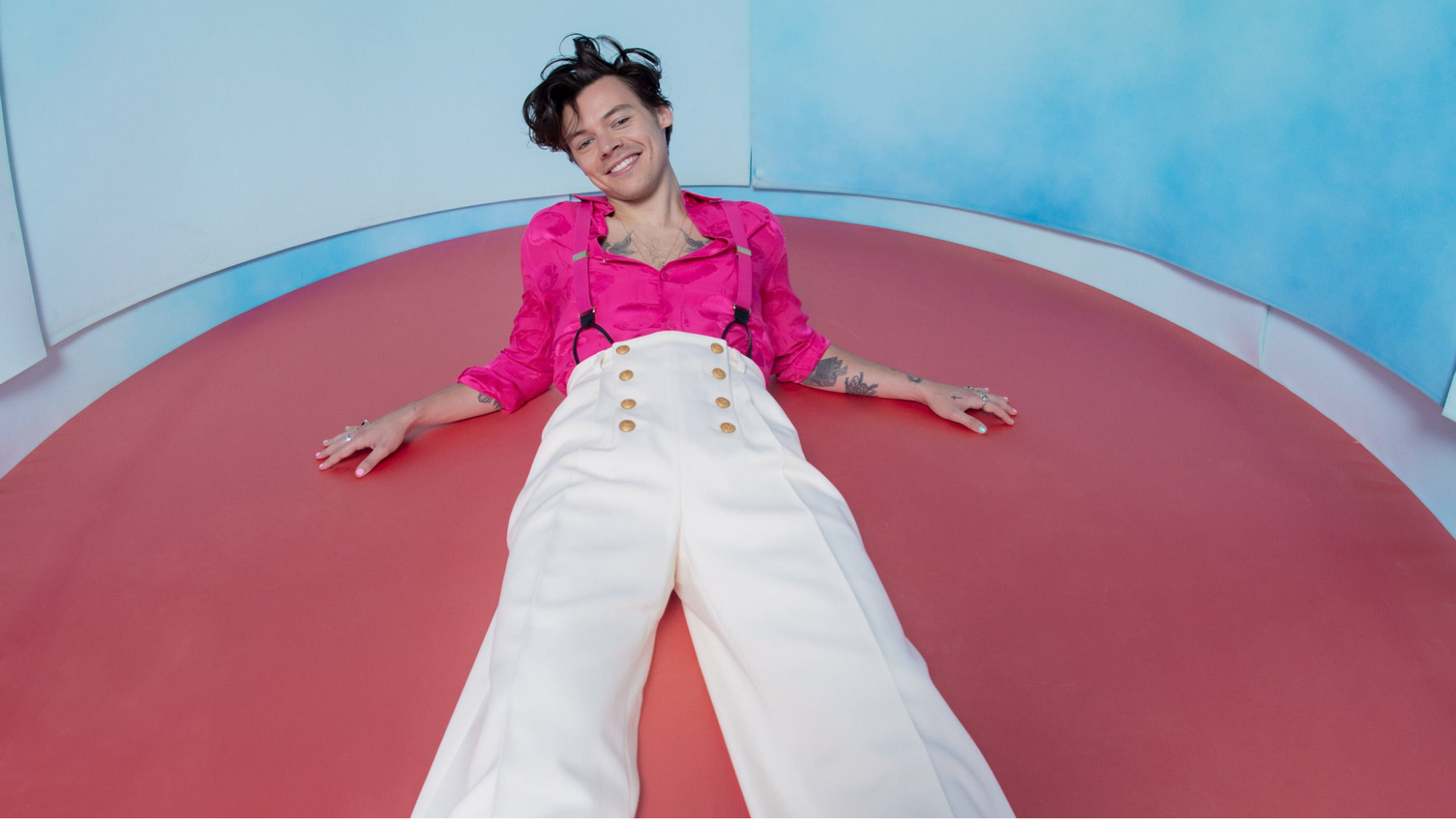Pretty much everyone has a preconception of Harry Styles. He’s a bit like a typecast actor. You feel like you know exactly what to expect from him: boyband stylings.
However, Styles has made some big strides since those early days of One Direction and The X Factor. Is he finally breaking the mold and taking off the shackles of a ‘bubblegum pop’ moniker?
A fact that might shock you is that Fine Line crept into a recent list of The 500 Greatest Albums of All Time by Rolling Stone. For an album that is brand new, this is impressive by anyone’s standards, but it is even more impressive when you consider this album is by a guy from a band who once sang the lyrics: We’re like na, na, na. Then we’re like yeah, yeah, yeah.
The chart success of the album was never really in doubt, and it debuted at number one on the Billboard 200 to become Styles' second consecutive number-one album.
But this is about more than a chart hit, and the album shows some maturity and bravery that many weren’t expecting.
Along with talented musicians Jeff Bhasker, Kid Harpoon, Tyler Johnson, Greg Kurstin, and cameos from Sammy Witte and Amy Allen, Fine Line takes on a continuity that you just don’t get with many modern popular albums.

Styles cited influences including Bowie and Fleetwood Mac for the album, and he has undeniably stayed true to the tradition of making an album, with a group of musicians in a room, playing and producing, rather than guest producers and rappers on every track. The result is the coherence you hear.
I don’t suspect you will ever hear Harry Styles albums without bright, breezy, summery pop hits, and though Fine Line is brave in its musical choices and production, there are still stone cold pop tracks. “Watermelon Sugar” has amassed hundreds of millions of streams, and the catchy, risque vibe and repetitive hook is almost a nod to 1D.
With the intimacy of tracks like “Lights Up” and the pop-rock vibe of “Golden,” the album is home to multiple chart hits. The composition on “Adore You” seems like a definite attempt to bring Styles’ adoring fanbase or “Stylers” with him with the emotive, romantic fantasy that has provided Harry with much success.
The production is undeniably a highlight, and while there are a few moments that feel a little overbaked (the excessive guitar solo on “She” springs to mind) in general, the album is crisply produced in a 3D audio format, great for Dolby Atmos devices and high fidelity audio, with spacious mixing encapsulating both the traditional instrumentation, and the synth layers and sound effects that are interwoven with the album’s tracks. The production is subtle, clean, and bright, providing an audio experience for summer days and breezy afternoons.
Styles is undoubtedly evolving, and we don’t just mean into a new Marvel character. There are still ties to his early ‘boyband’ nature, but with clear progression into pop-rock that might just stand the test of time.

